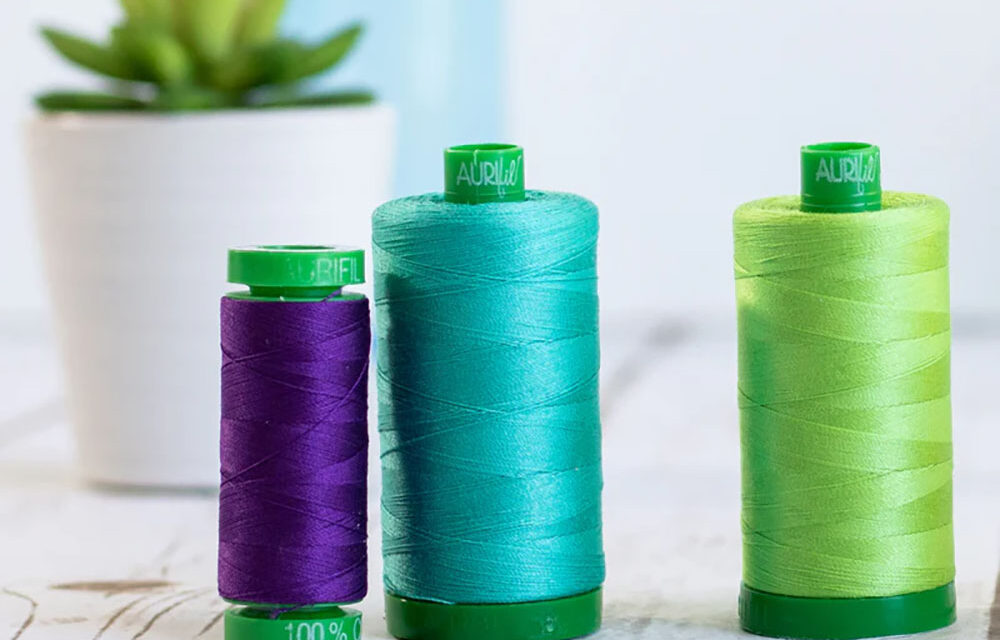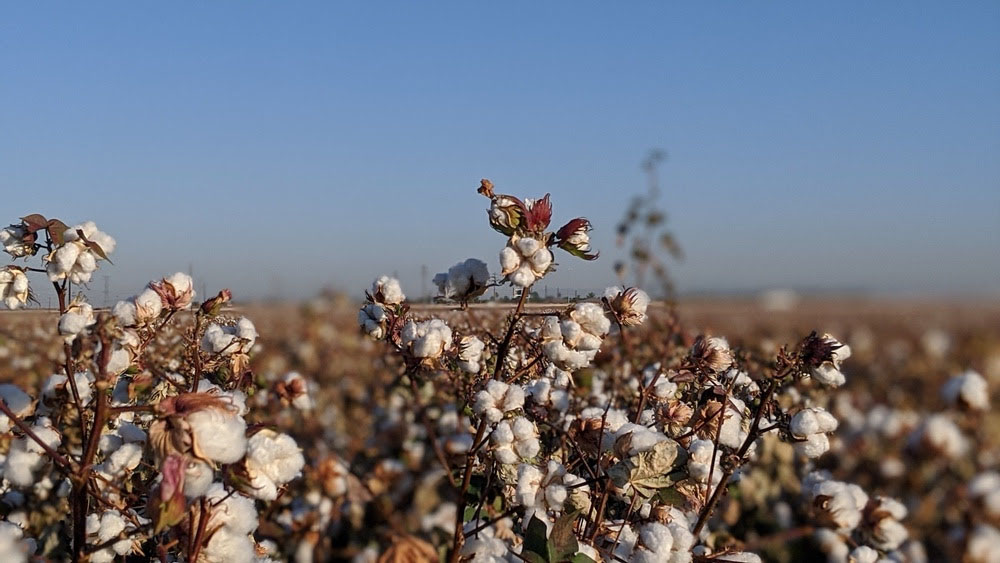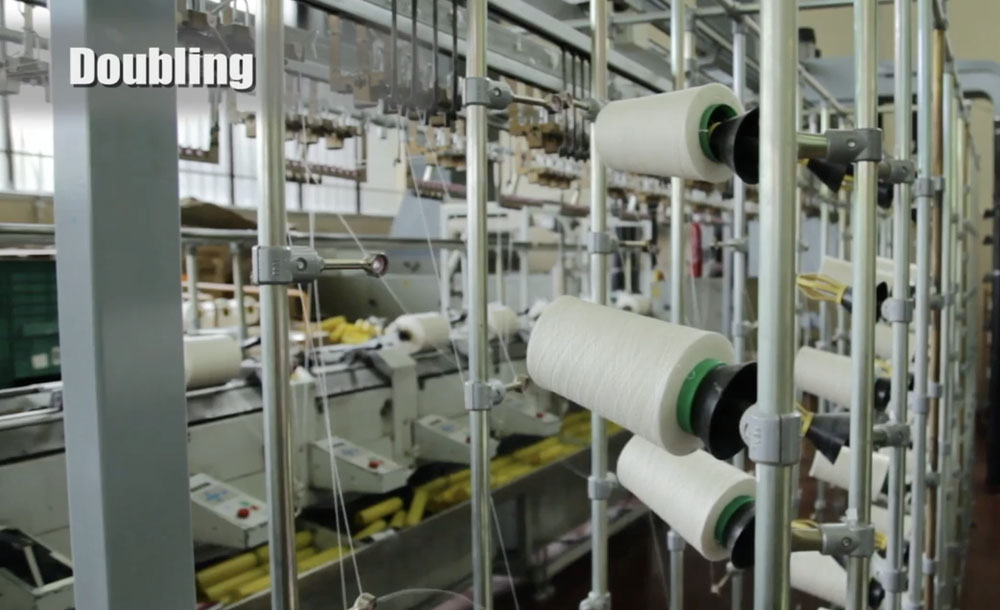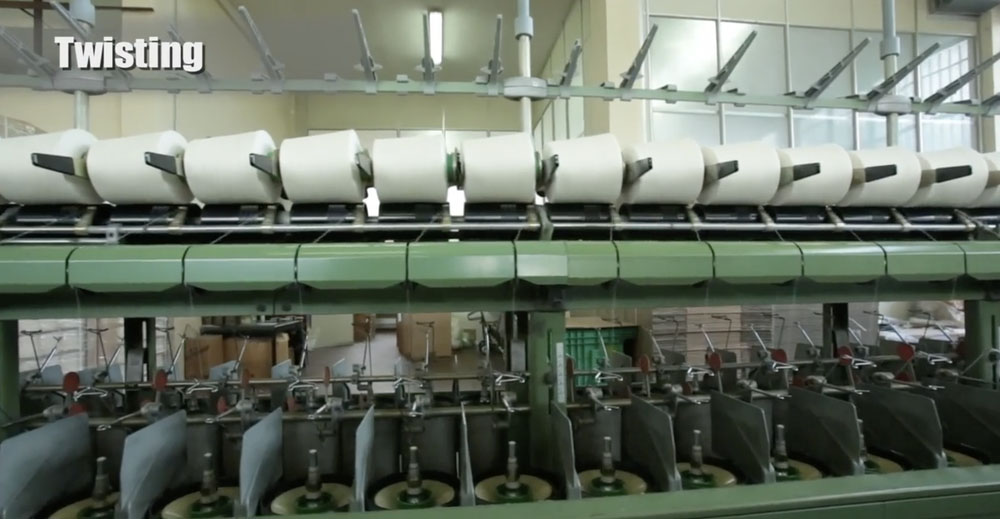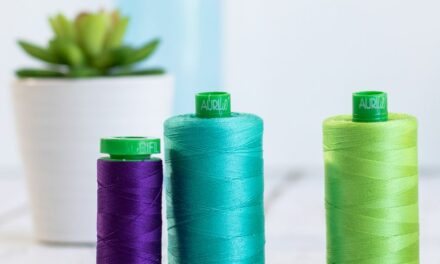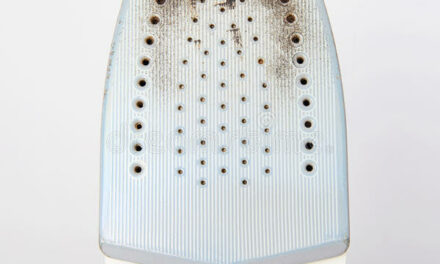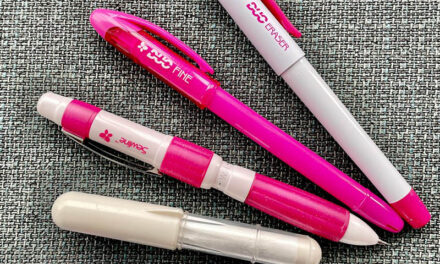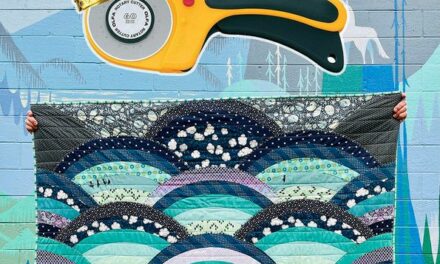What is Aurifil quilting thread made from?
|
We are big fans of Aurifil thread here at Dinkydoo. It’s strong, fine, and we find that it doesn’t lint up your machine as much as other brands can! Plus the amount that you can fill a bobbin with is amazing! The folks over at Aurifil have given us this amazing peek into how their thread is produced.
Let’s dive right in! Aurifil is 100% Egyptian Cotton, grown in the Mako region of Egypt along the river Nile. When considering the unique qualities of cotton, it’s easy to make a comparison to wine; different geographic regions offer different attributes to the raw material. Aurifil thread is “long staple”, which refers to the length of the fibers in the raw cotton boll. The length of the fibers determines the quality and strength of the cotton. Long staple is at least 1.25″ long and extra long staple is a minimum of 1.375″ long. Alex Veronelli confirms that Aurifil staples are 1.40″ long and could be referred to as extra long staple. Although the cotton is grown in Egypt, the thread is manufactured in our warehouse in Milan, Italy. It takes 15 steps to transform raw material into a spool of thread. We manufacture and produce three types of thread: wool/acrylic blend, monofilament, and six different weights of cotton.Now, let’s talk production! |
1. SPINNING
This is where it all begins… the first step of the journey to transform raw material into a spool of Aurifil thread. We like to call it the ‘secret step’, but are giving you the inside scoop today!
Spinning transforms the natural cotton bolls (or cotton staples) into single strands of cotton. It consists of a series of steps like ginning, combing, & carding and is unique for each weight of thread.
The process itself is key, but the specific details of what we do and how we do it remain a secret — like our secret sauce that sets us apart from the competition!
|
2. DOUBLING Once spinning is complete, the giant (36″-40″) thread bobbins are loaded on the doubling machine to start the next phase, which takes 2 (or 3) individual strands of spun cotton and rewinds them side by side (parallel) onto a reel (or Rochee) to prepare for twisting. During this step, any lint produced is removed by a continuous jet of air… constantly working toward reducing thread lint in your sewing machine! It’s interesting to note that the machine is called a ‘doubling’ machine independent of the number of plies it combines. In Italian, it’s called ‘Binatrici’, something more similar to a ‘combining’ machine. Aurifil threads are mostly 2 ply as we’ve found it to be ideal for maintaining crisp flat seams and well-defined quilting lines with our beloved and modern sewing machines. However, in 2017 we introduced our first 40wt 3 ply thread (FORTY3) specifically designed for use in longarm machines. |
3. TWISTING
Next, the thread goes through the twisting phase, during which the strands of cotton are twisted to a predetermined ‘twist per inch’. It enables multiple strands to act as a single 2 or 3 ply thread, which is fundamental to increase cohesion and strength. The number of twists per inch is decided by the manufacturer and it’s very important to keep this proportion consistent as it has an impact on the performance of the thread. It takes 4 hours to twist 1kg of thread.
The twisting process is done slowly to ensure ultimate quality and accuracy of the number of twists per inch. We hope that this informational series reaffirms that Aurifil favors quality over quantity. All of our machines run a bit slower than average to ensure maximum quality, executing every process in the best way possible.
It’s fun to note that when spun, quilting, embroidery, and sewing strands are twisted in an “S” (Left or Clockwise) direction. When combining multiple strands/plies the threads are twisted in a “Z” (Right or Counterclockwise) direction.
|
4. THERMO FASTENING
Once the twisting is done, the reels are ready for thermo fastening, a 22 minute steam bath that sets or fixes the twist on the threads so that the strands and twists do not separate. All thread weights are treated to the same steam bath! Isn’t that so fascinating? I love seeing how things are made. Maybe that’s why I like quilting so much! Hope you liked it too.
Happy stitching!
|
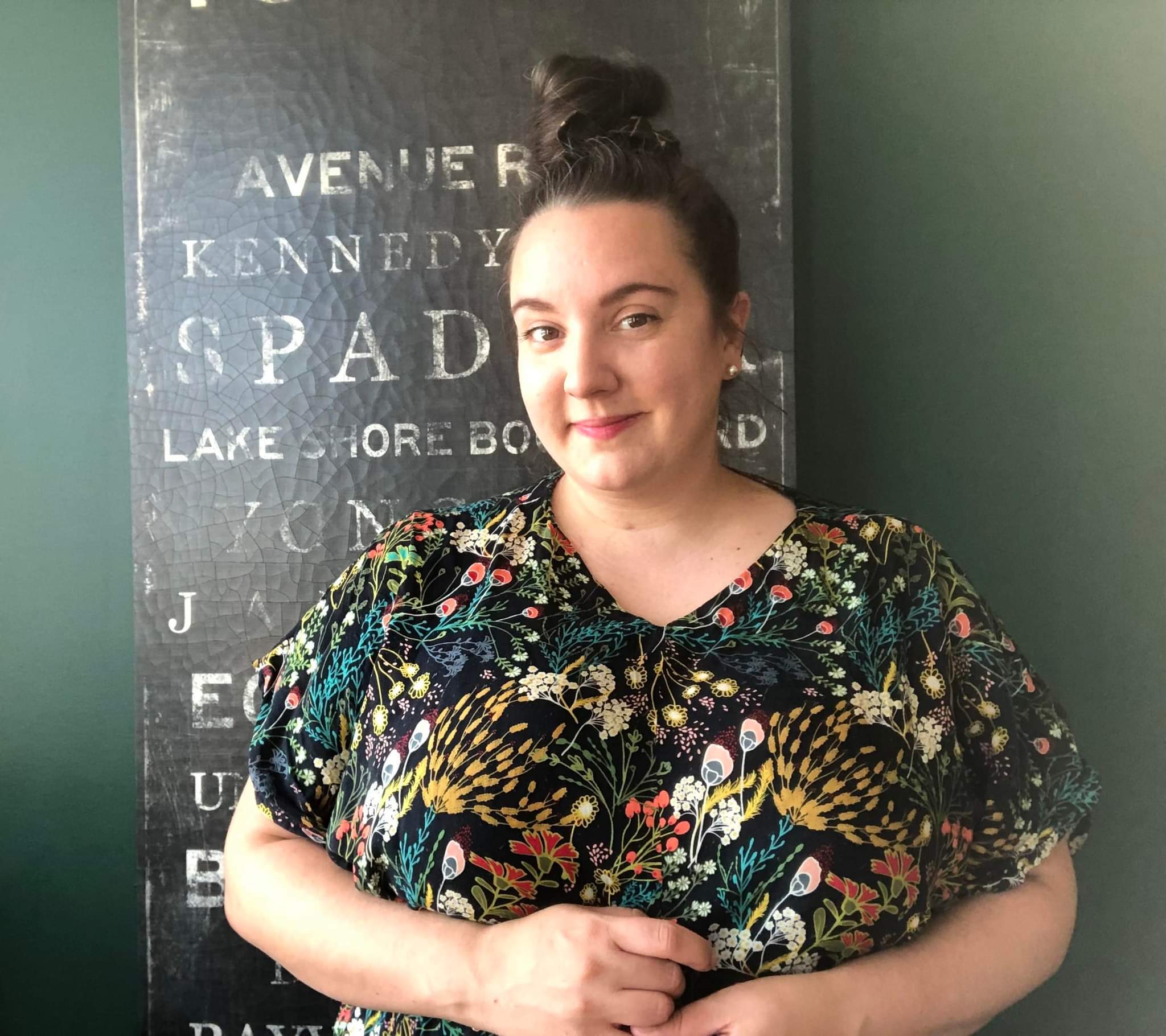
ABOUT THE AUTHOR
Michelle Brassens

